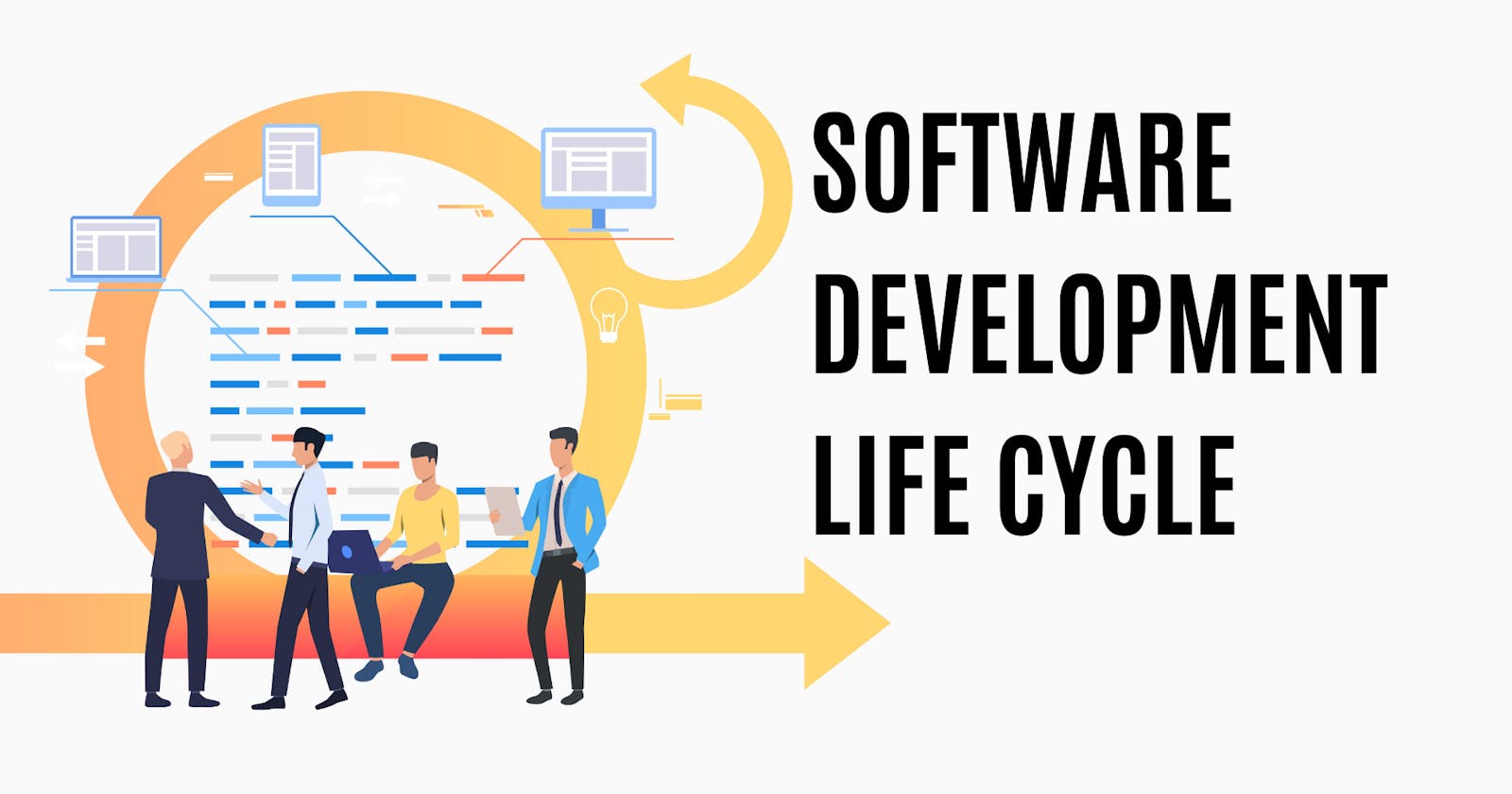In this article, we'll look briefly at the various phases of the software development life cycle and the salient features of each of these phases. Most of you will be aware of the things I'm going to include in this article, but I still hope you might find something of value here.
There are predominantly 8 phases in the SDLC. So, let's begin.
Phase one: Requirement gathering and analysis.
In this phase, you would see the following things happening:
You decide the features of a product
You define the use case of the product
You set who is your target audience
You take the user requirement decisions
You study the market and what it wants
In this phase, everything is defined in SRS( software resource specification) --> It is a document that has information regarding the gathered requirements and analysis.
Phase two: Planning
In this phase, you would:
Plan the resources, both in terms of people and infrastructure resources.
You will undertake feasibility studies that will check for the viability of your to-be product.
You will try and understand the scope of your product in terms of scalability.
Not to mention, the costs and the associated risks.
Phase three: Design
Here you would see:
The roadmap for the developers
In this phase, the SRS document gets a more logical structure.
You will decide on the various design architecture in this phase like the UX/UI, network requirements, and databases.
Phase four: Development
This is the phase where actual product building or development happens.
Here, the product is built as per the SRS document
The developer chooses the right programming language as per the SRS document
He follows guidelines and uses various tools like IDE, packages, etc.
Phase five: Integration
Integration of all modules or features takes place in this phase
Making it work as one system and checking how they behave together is the goal of this phase.
Phase six: Testing
Here, the aim is to identify defects or bugs and rule them out.
Ensure product quality
Reduction of development costs
It is a method to check if the actual software product matches the requirements set in the SRS.
Phase seven: Deployment
Here, you put the product into the production environment
It is available to the target audience for use
The point at which the actual product is available to the target audience is called the deployment
What exactly is production?
It is an environment available to the target audience or users. We do not test the product here. We do the testing in the pre-production stage or the staging area which is quite similar to the production area.
After the product seems satisfactory to most of the planned specifications, you promote it to the production environment.
Phase eight: Monitoring and support
Here, you check how the application is performing in the real world.
You look for scaling issues and manage them
You analyze the product behavior when it's exposed to the public
Based on the feedback, you need to provide support to the users or target audience

